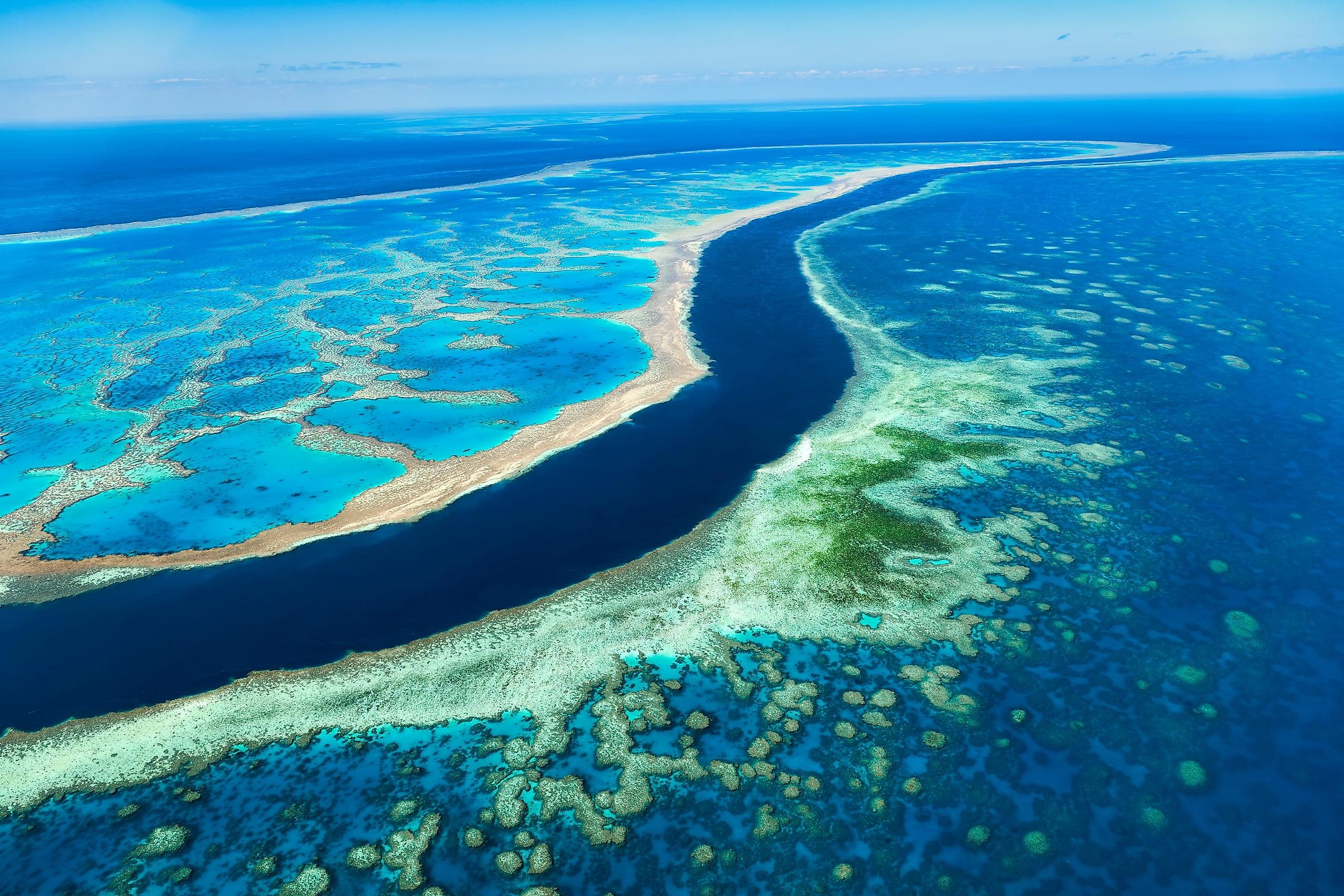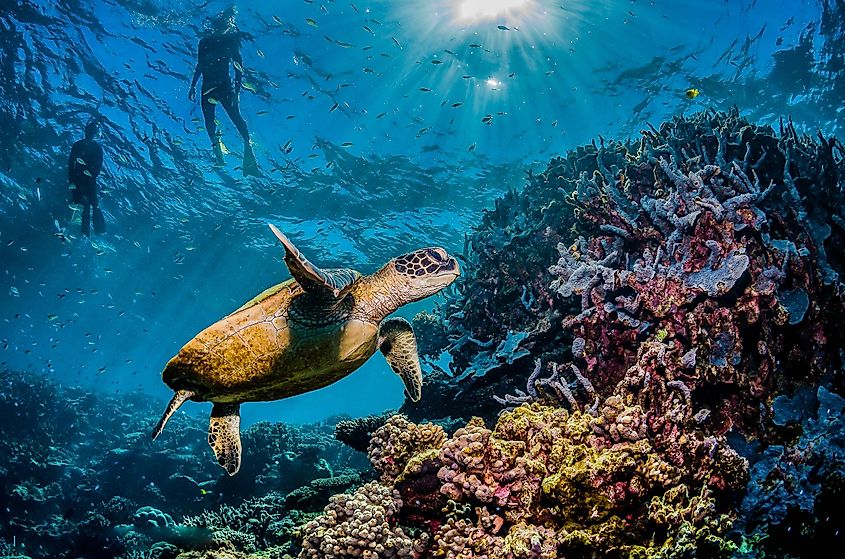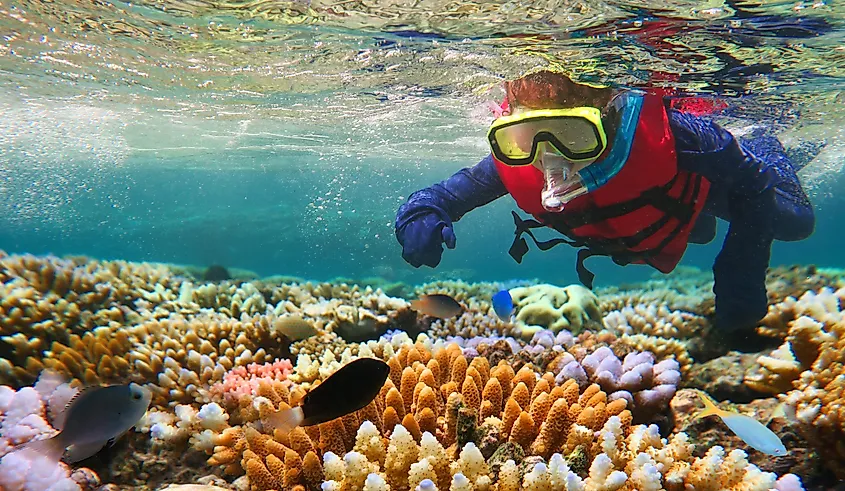
How Old Is The Great Barrier Reef?
Situated in the Coral Sea off Queensland's coast in northeastern Australia is one of the world's seven natural wonders. The Great Barrier Reef, and all its immense beauty, spans over 2,300 km, covering roughly 344,400 sq. km. With almost 2,900 individual reefs and more than 900 islands, it is unsurprisingly the most extensive reef system in the entire world. This incredible spectacle is even visible from outer space.
However, the true beauty of this wonderland is below the surface of the water. Brilliant arrays of colorful corals house over 1,500 types of fish species. This means around ten percent of the world's fish inhabit the Great Barrier Reef. But thousands of other faunal species, including turtles, dolphins, whales, dugongs, porpoises, etc., also call the Great Barrier Reef home. Great Barrier Reef Marine Park protects a significant portion of the Great Barrier Reef.
Age Of The Great Barrier Reef

Barrier Reefs usually form in open waters and only become associated with the shoreline through a change in the surrounding substrate and sea level. The Great Barrier Reef Marine Park Authority approximates that the entire barrier reef structure dates back to 600,000 years ago. However, the Australian Institute of Marine Sciences revealed that the current reef growth began at the Last Glacial Maximum. It is believed that the Great Barrier Reef formed on a coastal plain that was flooded about 20,000 years ago due to rising sea levels. From 20,000 years to 6,000 years ago, there was a steady rise in sea levels. The submerged margins of the coastal plain's flooded hills provided shallow regions where eventually, the corals grew. Over the years, the corals grew over these submerged hills forming the present-day cays and reefs.

Corals are marine invertebrates, formed by colonies of polyps. Polyps have a sac body with emerging tentacles. To protect their soft bodies, polyps use calcium and carbonate ions from the seawater to create a hard outer skeleton. They emerge only under the cover of darkness to catch small creatures. This is not their only source of food. Algae, which gives the corals their colors, also help the polyps survive. Algae absorb light from the sun and subsequently provide food to corals. Changes in conditions can cause the polyps to expel the algae, resulting in coral bleaching. Coral bleaching does not immediately kill all corals. However, it leaves them without their primary food supply, placing them at risk of starvation and disease. If conditions return to normal, corals can recover from bleaching.
Astonishingly, a new reef can start from a single polyp. If conditions are right, an entire colony can synchronize reproduction with each polyp releasing genetic material into the water. From this, new corals can form. There is only one spawning season per year for the corals.











